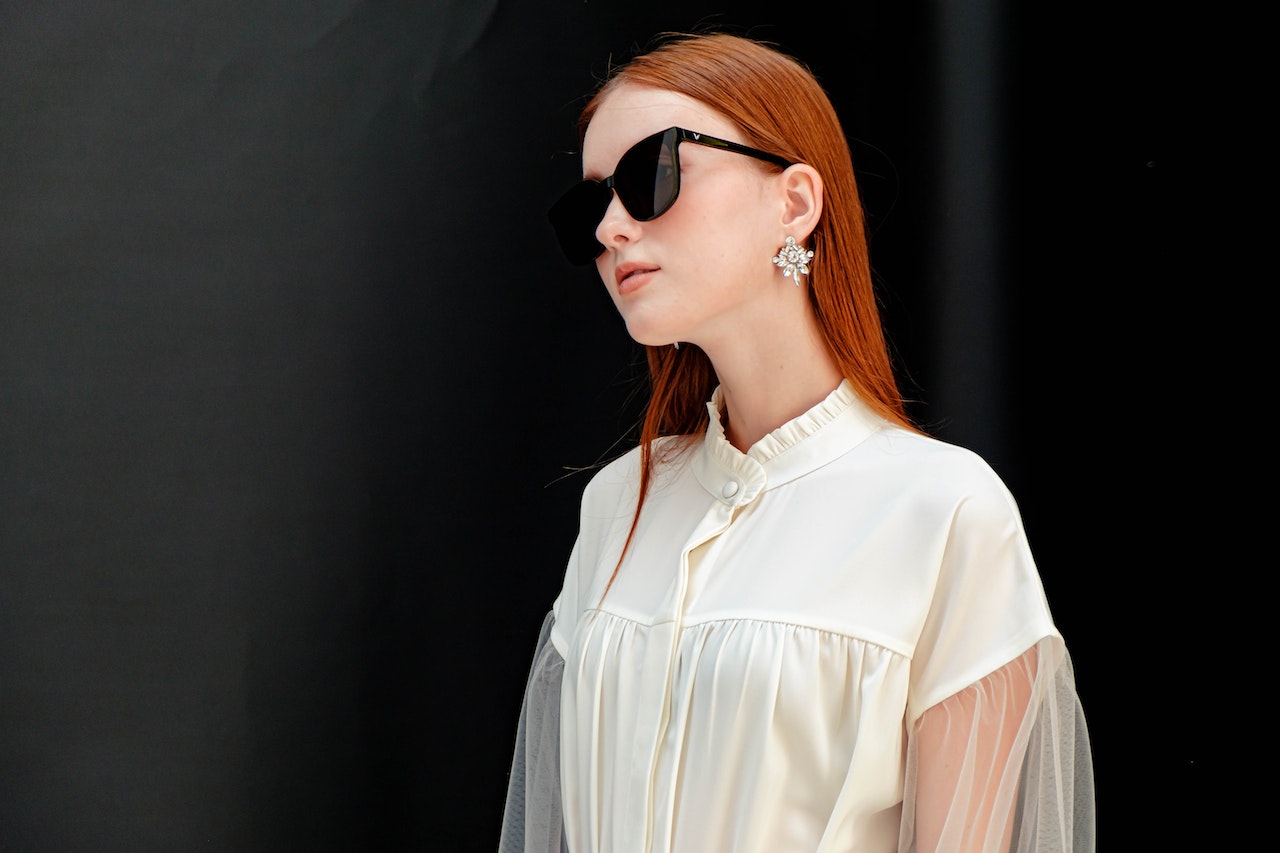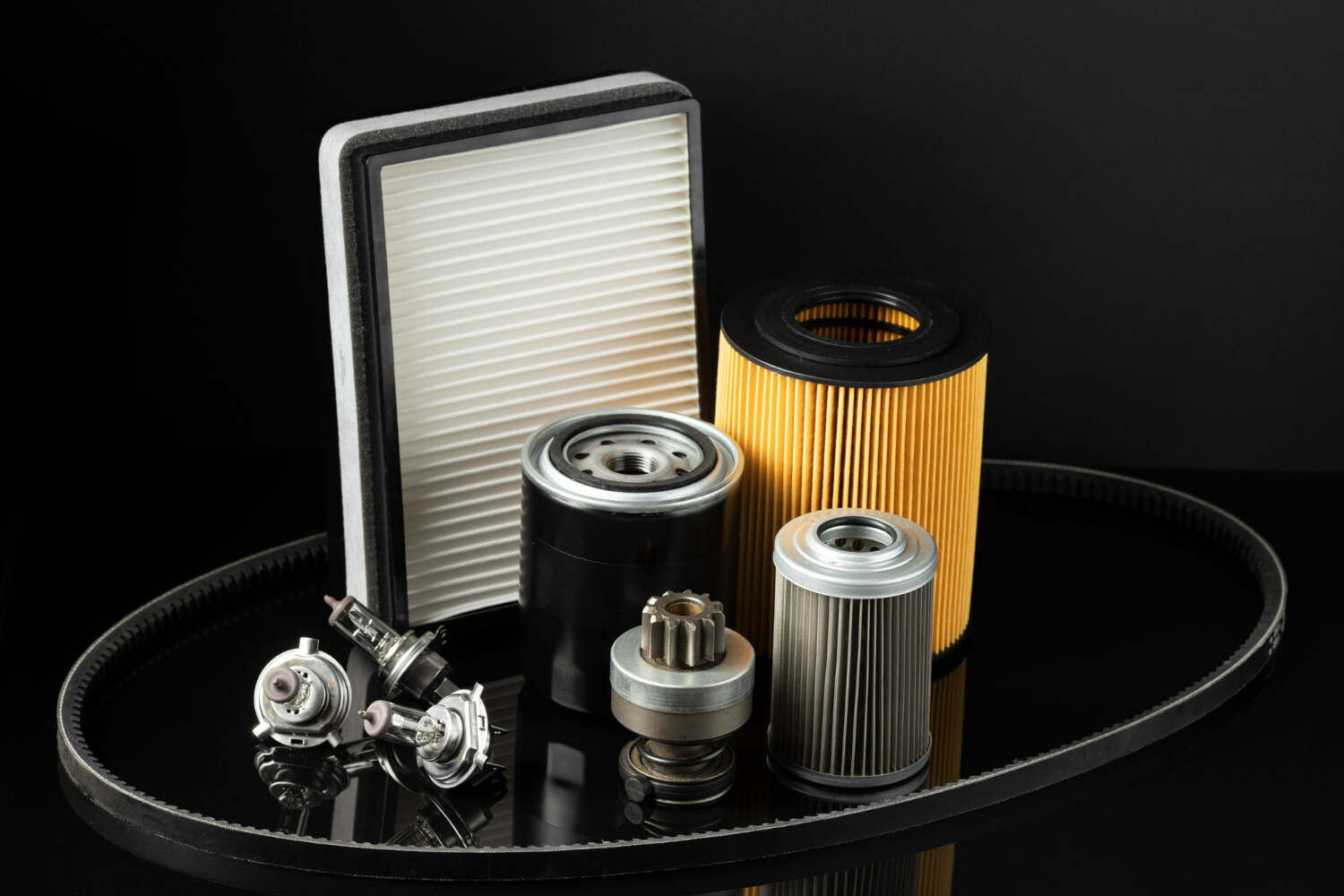A sequence of layers glued to the front and rear of the lenses are used to apply anti-reflective coatings, sometimes referred to as AR coatings or anti-glare coatings, to eyeglasses. These layers serve to minimise reflection by obstructing specific light wavelengths. Applying a pair of glasses with this coating typically costs between $20 and $90. In the past, AR coatings had a lousy reputation for degrading fast. However, contemporary AR coatings often endure for quite some time unless subjected to harsh circumstances. Because AR coating reduces reflection from glass (thus the name), your lenskart regular glasses may seem more likeable in pictures and under bright conditions.
All About Anti-Reflective Coating
Multiple reviewers consider the best coatings among the best anti-reflective coating alternatives available to be the right choice. However, these can be costly. For a less expensive coating, you’ll want something that won’t smear.
- How do coatings reduce reflection work?
All AR coatings, at their most basic level, reduce light reflections on the front and rear of the lens. The coatings enhance your vision acuity by allowing more light to flow through. Reducing reflections is especially beneficial when light is directly shining on your lenses, such as when using a computer or driving at night.
Reducing reflections is incredibly useful when a light source is directly shining on your lenses, such as when using a computer or when driving at night. Reducing reflections is especially beneficial when light is directly shining on your lenses, such as when using a computer or driving at night.
- Layers of Anti-Reflective Coating
Anti-reflective coatings may often be divided into two groups: primary and premium. Premium anti-reflective coatings provide more features and stay longer. For instance, most have a surface coating that seals the layers, deters water, and simplifies cleaning. Although they are typically enhancements, specific surface treatments may be able to resist both oils and water. Anti-reflective coatings that shield against blue light, scratches, and dust resistance may also be found. The benefits of blue-light anti-reflective coatings for computer, tablet, and smartphone users have yet to be discovered. The findings of studies on the advantages of blue-blocking glasses for daily life are still contradictory:
- Anti-reflective layer
Standard AR coatings still have a noticeable greenish tint, even though they may effectively reduce reflections. The AR layer is now colourless in premium AR products like the Crizal Sapphire and Lenskart Normal Glasses With Ar coating. Along with reducing reflections on your lens, the coating removes the greenish light flares that occasionally appear on ordinary AR coatings.
- Increased resilience to scratches
Premium AR coatings are substantially superior to conventional AR coatings at preventing scratches from everyday wear and tear rigours because of a protective layer known as the SR booster. The enhanced scratch resistance of premium AR coatings is especially advantageous to children.
- Hydrophobic
The hydrophobic coating helps keep the lenses from fogging and repels water, making them simpler to clean. This function is fantastic for those frequently exposed to winter weather conditions like rain and snow.
- Oleophobic
Despite our best efforts, we frequently touch our glasses during the day, leaving fingerprints and scars behind. An enhanced oleophobic layer on superior AR coatings makes it simple to sweep away oils from fingerprints and lashes.
- Anti-static
To remove dust from lenses with a standard AR coating, wipe a cloth across the lens to generate static electricity. By developing an anti-static feature that balances the static charge when you wipe the lens with a microfiber cleaning cloth, The lenskart anti reflective glasses have found a solution to this issue.
- Blue light blockage
Clinical studies have demonstrated a relationship between sleep difficulties and excessive exposure to short-wavelength blue light (380-500nm). The Best coatings, like the Crizal Prevencia and The lenskart anti reflective glasses, is a high-end AR coating that reduces the amount of damaging blue light that reaches the eye by 20%, which is essential given that the typical adult spends more than 10 hours each day using digital devices. Remember that most coatings have a distinct purple undertone compared to Avance and Sapphire. They are mainly advised to be used mainly on laptop glasses.
- Do different anti-reflective coatings differ from one another?
Research is essential because several hundred different types of anti-reflective lenses are available. Quality varies significantly across vendors. Always tell your patients they should expect their glasses on a different day. The quality of these lenses will be better.
As many layers of treatments are performed in the lab, high-end, anti-reflective coatings might take several days. Opthalmists describe the coating procedure to the patient and mention that because the coating is “baked into the lens,” it takes more time to produce lenses.
You need to distinguish the lens from the several layers of applied treatment, which improves the quality. Additionally, this avoids the already-stated spots, peeling, and itching.
On the other hand, some conventional lenses come with anti-reflective coatings already applied to both surfaces. These frequently have fewer guarantees and are more prone to failure. Every anti-reflective coating has a unique manufacturing process, although most are formed of a layer of metallic oxides. The number of reflections neutralised increases with the number of layers in the anti-reflective coating. Seven or more layers may be included in some quality coatings.
Each anti-reflective lens will reflect a specific hue depending on the maker. Typically, they are green or purple. Blue-light anti-reflective coating on spectacle lenses may make them look bluer.
Wrapping Up
An anti-reflective coat is a coating added to glasses such as lenskart normal glasses to enhance vision, lessen glare and eye fatigue, and enhance aesthetics. For nighttime driving and using digital devices, the coating lessens reflections from the front and rear surfaces of lenses. The wearer’s eyes may be easier to see when reflections are removed, resulting in increased eye contact.
Anti-reflective coatings used to be simple to locate, peel, and scratch. You should inform your patients about modern anti-reflective coatings if they have previously voiced complaints about these issues. As technology has advanced, these issues have almost disappeared.












